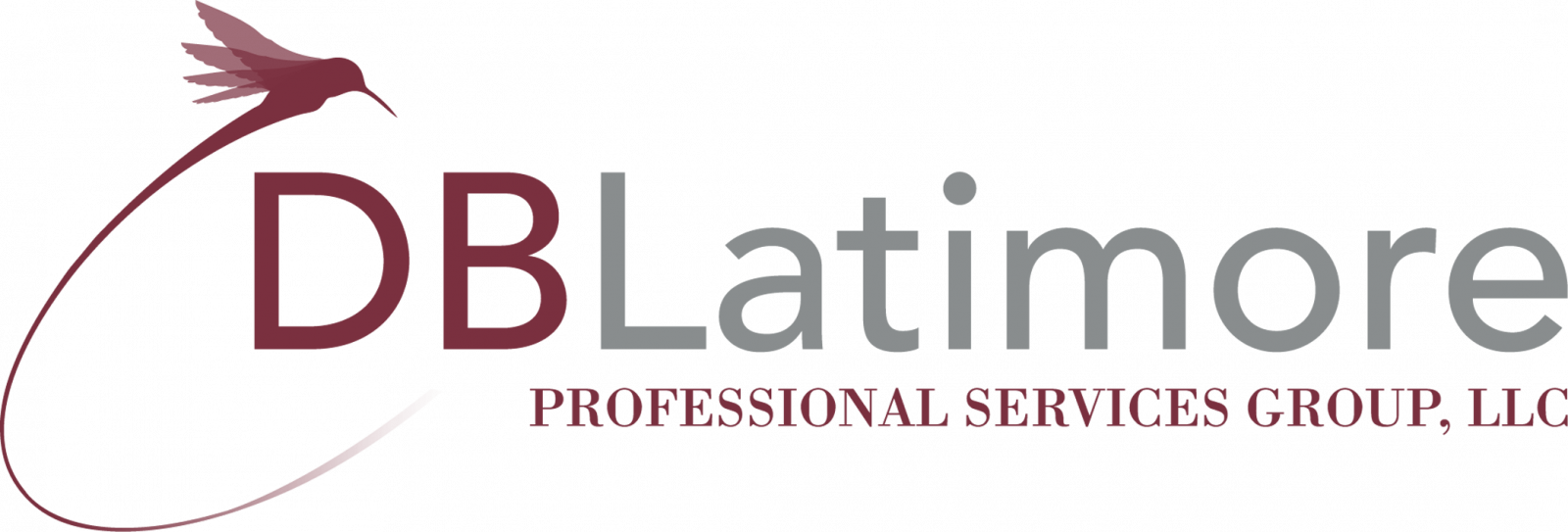When a leader leaves an organization, it can create confusion and fear, and even threaten the stability of the business. Creating, defining, and implementing a proper succession plan ahead of time gives your organization the opportunity to mitigate these challenges and ensure a smooth transition of leadership roles and responsibilities.
What is succession planning?
Succession planning is defined as a strategy for identifying and developing future leaders of all levels within an organization. It assists existing leadership in preparing for all contingencies by preparing high-potential workers for advancement.
When an organization does not have proper strategies in place to address vacancies in critical roles, it is at risk anytime employees take on new roles, go on leave, or unexpectedly quit — scenarios that have become a mainstay in the hybrid workplace environment.
Why every organization needs a succession plan
Having the right succession planning tools in place creates sustainability and reduces the risks associated with the departures of critical players. It also generates employee goodwill by demonstrating the fact that there is an opportunity for growth and movement within the company — especially in the increasingly volatile job market.
Additionally, it provides organizations with the opportunity to:
- Allow leadership the space and time to focus on business goals
- Create clear communication and alignment within talent management
- Maintain board and shareholder transparency
- Give successors time to prepare
When organizations aggressively pursue a talent acquisition strategy focused on replacement planning, they miss the opportunity to create a long-term talent strategy that is centered on succession, making them vulnerable when critical talent unexpectedly leaves.
Benefits of succession planning
There are countless benefits of succession planning, from boosting employee engagement through career development to fostering a better reputation for a company as a talent destination. Succession planning also:
- Saves time and costs. The time needed to find an employee’s replacement will cost lost productivity, time, and money.
- Aligns HR with the vision of the organization.
- Ensures there are more employees available with skill sets to maintain business continuity. In a candidate-driven market, companies compete for a scarcity of talent, making hiring more difficult. Choosing internal employees to fill vacant critical roles helps avoid this challenge.
- Supports HR and managers in creating and supporting proactive programs.
- Provides for smoother business operations and delivery of uninterrupted excellence. Skilled employees can immediately fill needed high-level roles.
- Assists management in keeping track of potential valuable employees.
Common Succession Planning Mistakes
Succession planning requires careful organization and — you guessed it — planning. Companies often miss big opportunities or make mistakes when they:
- Can’t communicate their vision with employees
- Assume their talent already has the skills and knowledge to advance and succeed
- Don’t adopt a formal agreement or plan by including a shortlist of potential candidates and conducting regular employee reviews
- Ignore the need to diversify their talent pool
Other common pitfalls companies make in their succession planning include failure to:
- Set reasonable employee expectations
- Seek employee input
- Be inclusive
- Thoroughly vet potential successors
- Have enough candidates to choose from
- Empower leaders to take an active role
Have you aligned your P.E.O.P.L.E. with your purpose?
Aligning your workforce with your organization’s mission and values is critical in order to successfully thrive in today’s hybrid work environment. Succession planning allows you to effectively manage your talent. And having the right organizational plans in place to develop and retain talent for key roles is essential, and helps to avoid the risks associated with talent gaps.
At DB Latimore Professional Services Group, we provide bespoke programs that are customized based on our client’s needs utilizing our exclusive Productivity Powered by P.E.O.P.L.E.® framework. Our goal is to provide talent and leadership development that aligns strategy with operations by cultivating the value every employee brings to the table — turning stagnant operations into agile organizations that empower and educate their talent in living a purposeful life.
Schedule a consultation
As an operating business in 2022, a structured approach to the succession planning process is imperative, as it will ensure that talent is continuing to be evaluated on their performance — and their potential.
Get ahead and safeguard your business now! Allow us to create a custom succession plan for your organization and schedule your consultation today.



